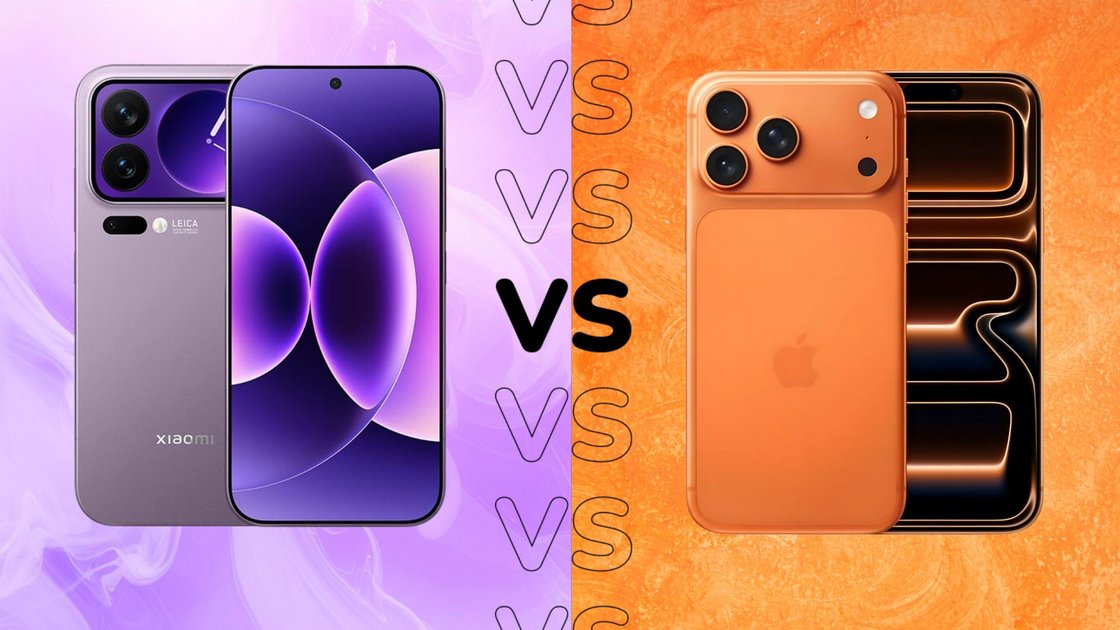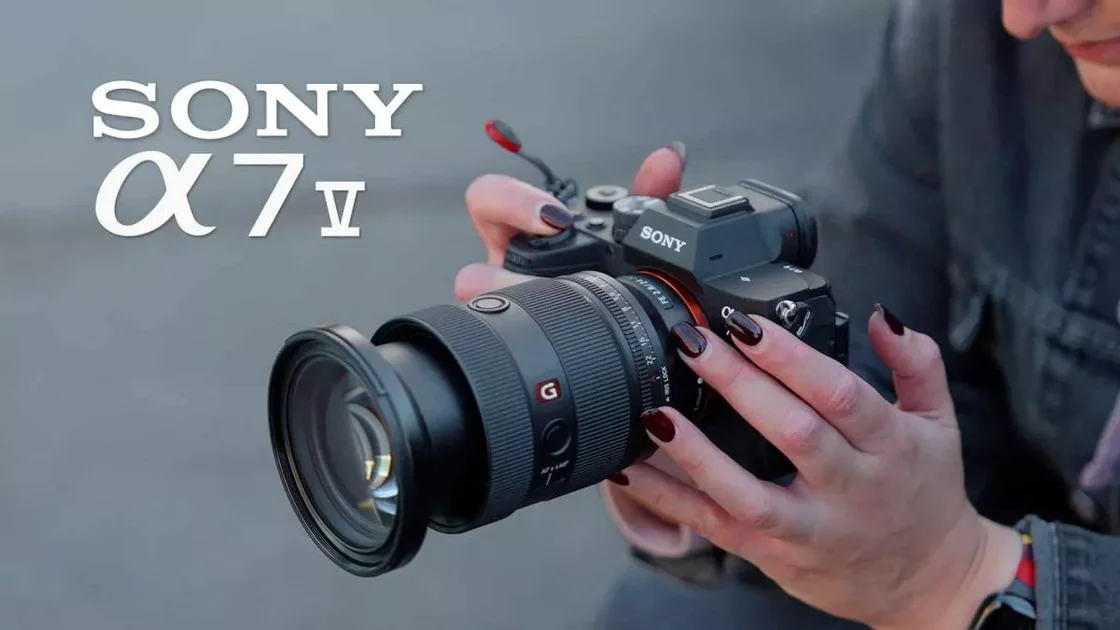The smartphone world is buzzing as Xiaomi launches its latest flagship, the Xiaomi 17 Pro Max, a device designed not only to compete with the iPhone 17 Pro Max but, in many areas, to surpass it. At first glance, the Xiaomi 17 Pro Max could be dismissed as an iPhone clone. It shares familiar design cues with Apple’s flagship—flat sides, speaker grills, antenna lines, and even a camera plateau reminiscent of the iPhone. However, a closer look reveals that Xiaomi isn’t just copying—it’s innovating.
Design and Display
The Xiaomi 17 Pro Max features a 6.9-inch display, matching the iPhone Pro Max in size. The bezels are similar, but the display is slightly brighter and incorporates a smaller cutout, thanks to the replacement of Face ID with an ultrasonic fingerprint sensor under the screen. This makes unlocking faster and more seamless.
The phone is lighter than the iPhone 17 Pro Max, despite its massive 7,500mAh battery. It also maintains IP68 water resistance and comes with pre-installed screen protectors on both the front and the innovative rear display.
Performance: Powerhouse Specs
Under the hood, the Xiaomi 17 Pro Max is a spec monster. It’s powered by the Snapdragon 8 Elite Gen 5, one of the fastest mobile chips in the world. Paired with 16GB RAM and up to 1TB UFS 4.1 storage, the phone excels in multi-core and GPU performance, even surpassing the iPhone in several benchmarks. Everyday tasks, gaming, and high-performance apps run flawlessly.
Battery Life and Charging
Where the Pro Max truly stands out is battery performance. The 7,500mAh silicon carbon battery is the largest Xiaomi has ever used and is complemented by 100W wired charging and 50W wireless charging. The phone even supports 22.5W reverse wireless charging, allowing it to charge other devices, including iPhones, from zero to full. Remarkably, all this extra capacity does not add thickness or weight to the phone.
Cameras: Professional-Grade Photography
The Xiaomi 17 Pro Max features triple 50MP cameras, each producing sharp, detailed photos with natural depth of field. The telephoto lens offers 5x optical zoom and impressive bokeh for professional-looking portraits. The camera app includes 8K video recording, an exposure slider in auto mode, and a teleprompter mode, catering to content creators and vloggers.
Innovative Rear Display
Arguably the most exciting feature is the 2.9-inch rear OLED display with 120Hz refresh rate. It serves multiple purposes:
-
Acts as a viewfinder for selfies using the main cameras.
-
Displays notifications, timers, and ongoing music playback.
-
Fully customizable, with watch faces, fitness widgets, anime characters, and more.
-
Supports mini-games with an optional handheld gaming case.
Xiaomi has perfected the concept of a rear display, making it practical and fun, rather than just a gimmick.
Software and User Experience
Xiaomi has tailored its software to be familiar for iPhone users. It borrows subtle design elements from iOS, such as quick control pull-downs, stock app aesthetics, widgets, and even a dynamic island-like feature. The customization options for both the main and rear display make the user experience highly personal and versatile.
Verdict
The Xiaomi 17 Pro Max is more than just an iPhone alternative. It’s a flagship that combines high-end performance, massive battery, top-tier cameras, and a genuinely innovative rear display. While the phone is currently China-only, it demonstrates what’s possible when manufacturers push beyond copying and innovate. For tech enthusiasts and power users, it’s a device that challenges the norms of flagship smartphones and sets a new benchmark for 2025.
Pros:
-
Massive 7,500mAh battery with ultra-fast charging
-
Snapdragon 8 Elite Gen 5 chip for top-tier performance
-
Triple 50MP cameras with advanced features
-
Innovative full-edge rear display
-
Lighter than iPhone 17 Pro Max, IP68 water resistance
Cons:
-
Currently China-only, limiting global availability
-
Rear gaming display may be niche for some users
The Xiaomi 17 Pro Max proves that the flagship race isn’t just about copying Apple—it’s about doing it better.




